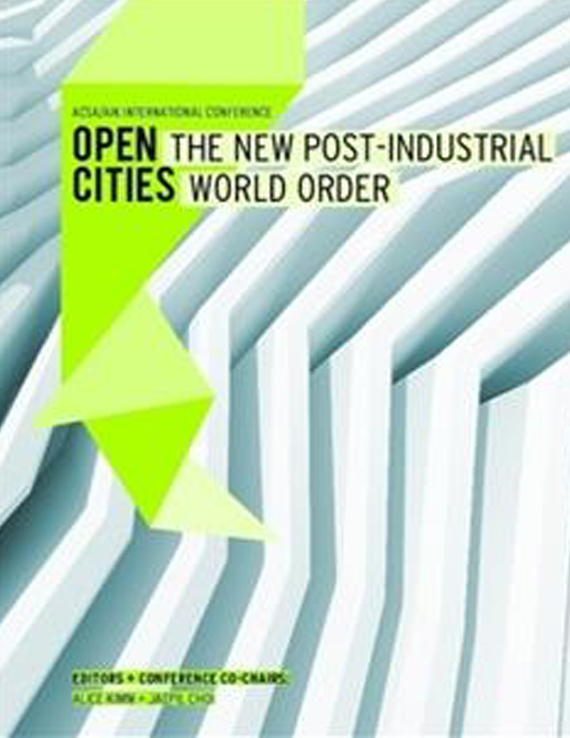Author(s): Chiafang Wu & Stephen Roe
This paper looks at a new and relatively unexplored convergence of technologyand lifestyle, through the medium of architecture, as a result of the increasing“thermodynamicization” of space in the contemporary post-industrial city.The paper begins with a clarification of the extended concept of the Thermodynamicas a cultural (rather than just technical/scientific) phenomenon, drawingon Michel Serres’ analysis of Turner’s paintings as portraits (and also instigators)of the new, Thermodynamic Age in which he lived (the age of steam and iron, coaland heat). We then look at how the thermodynamic is today extending beyond theprevious boundaries of the industrial machine to permeate the whole of the (postindustrial)city through the increasing emphasis on fine-tuning the thermodynamicperformance of microclimates (both internal and external) of the built environment.As we become more sensitive to this regime it becomes increasingly apparenthow patterns of use and lifestyle emerge from our subconscious, corporeal understandingsof the subtle climatic variations within buildings and the city which areintimately understood and adapted to by us, as occupants.An overview of recent examples from practice reveals how, increasingly, an acknowledgementof thermodynamic performance early in the design stage demonstratesthe importance of non-optimal, but managed, differentiations of localized microclimaticconditions in defining conditions of use. Here, in addition to the use of newtechnologies of simulation to analyze buildings during the design phase, we are beginningto see the deployment of such technologies to predict and adapt to actualoccupation of space and to allocate function accordingly. Lifestyle and technologyare integrated into a projected seamless whole through the interface of simulation.We look at how these developments result from new ways of working with technologyon the part of architects and engineers, particularly the use of thermodynamic simulationtechnologies in the design stage and their combination with newly flexible designtechniques, such as parametric modeling, to allow an increasingly precise control overthe localized thermodynamic performance of the built environment.Finally we talk about two recent design projects for the Sub-Tropical climate of Taiwanwhich extend this way of thinking from a reactive analysis of the already-designedto a projective part of the design process where buildings and landscapes aremodeled to simulate conditions and are then adjusted to distribute variable conditionsover time and space in ways which might encourage, though hopefully not prescribe,programs to emerge through spontaneous activity or curatorial invention.As simulation techniques become more available to architects and the means toadjust and fine-tune models becomes easier, the thermodynamic becomes a wayof conceiving the city and the building not just in terms of their physical form butalso in terms of their operation -not so much as the prescriptive “machines for living”of Modernism but more as predictive and dispersed mechanisms for producingvariable climatic “affordances” for human activity to take place, activity whichis not prescribed but emerges as a result of interaction between human desire,atmospheric conditions and the technologies to achieve them.
Volume Editors
Alice Kimm & Jaepil Choi
ISBN
978-0-935502-91-6

 Study Architecture
Study Architecture  ProPEL
ProPEL 
